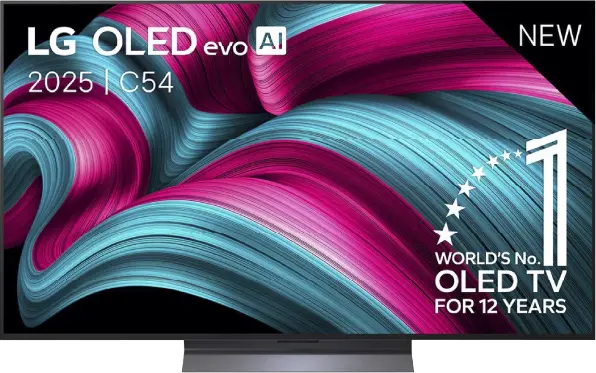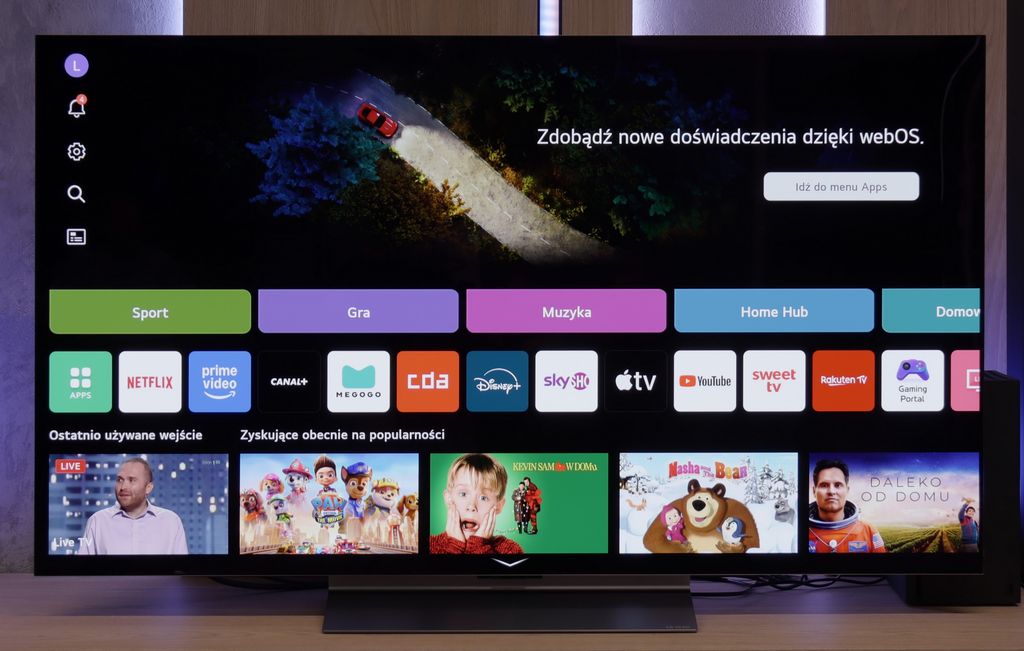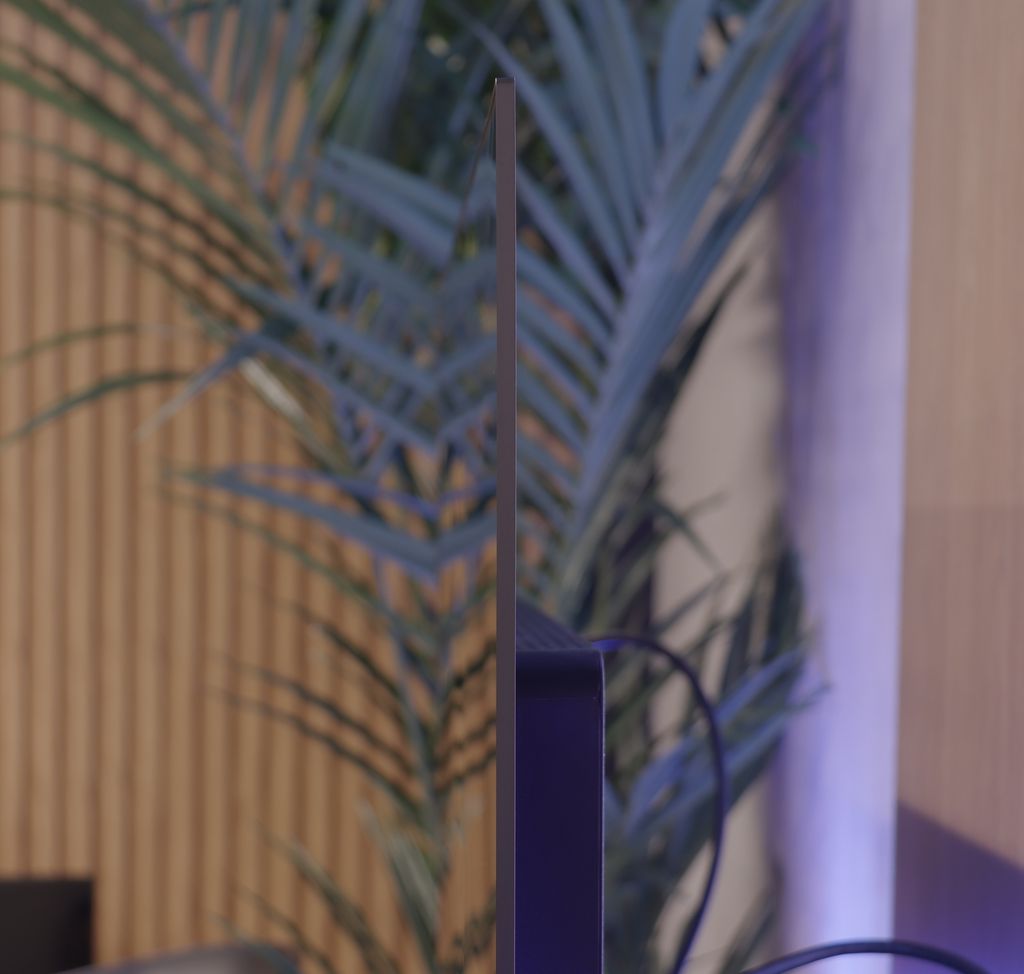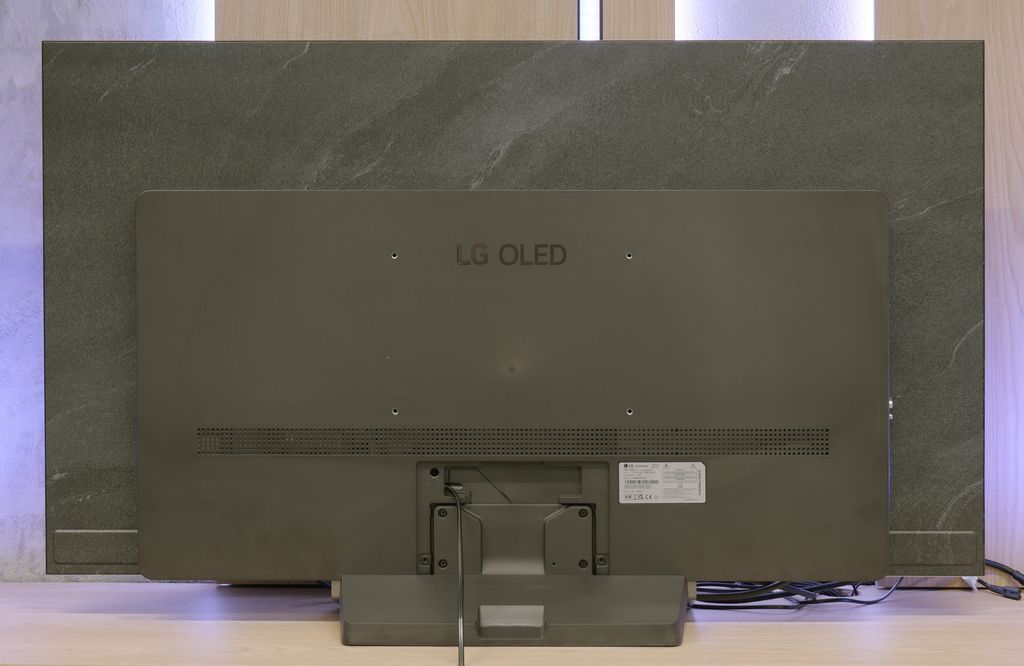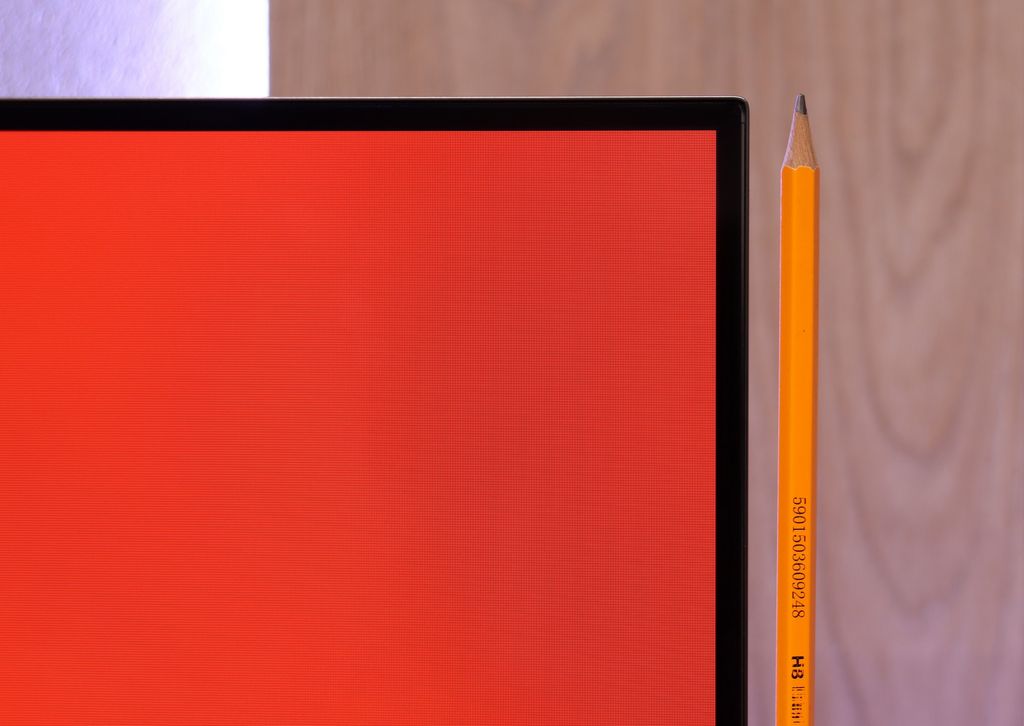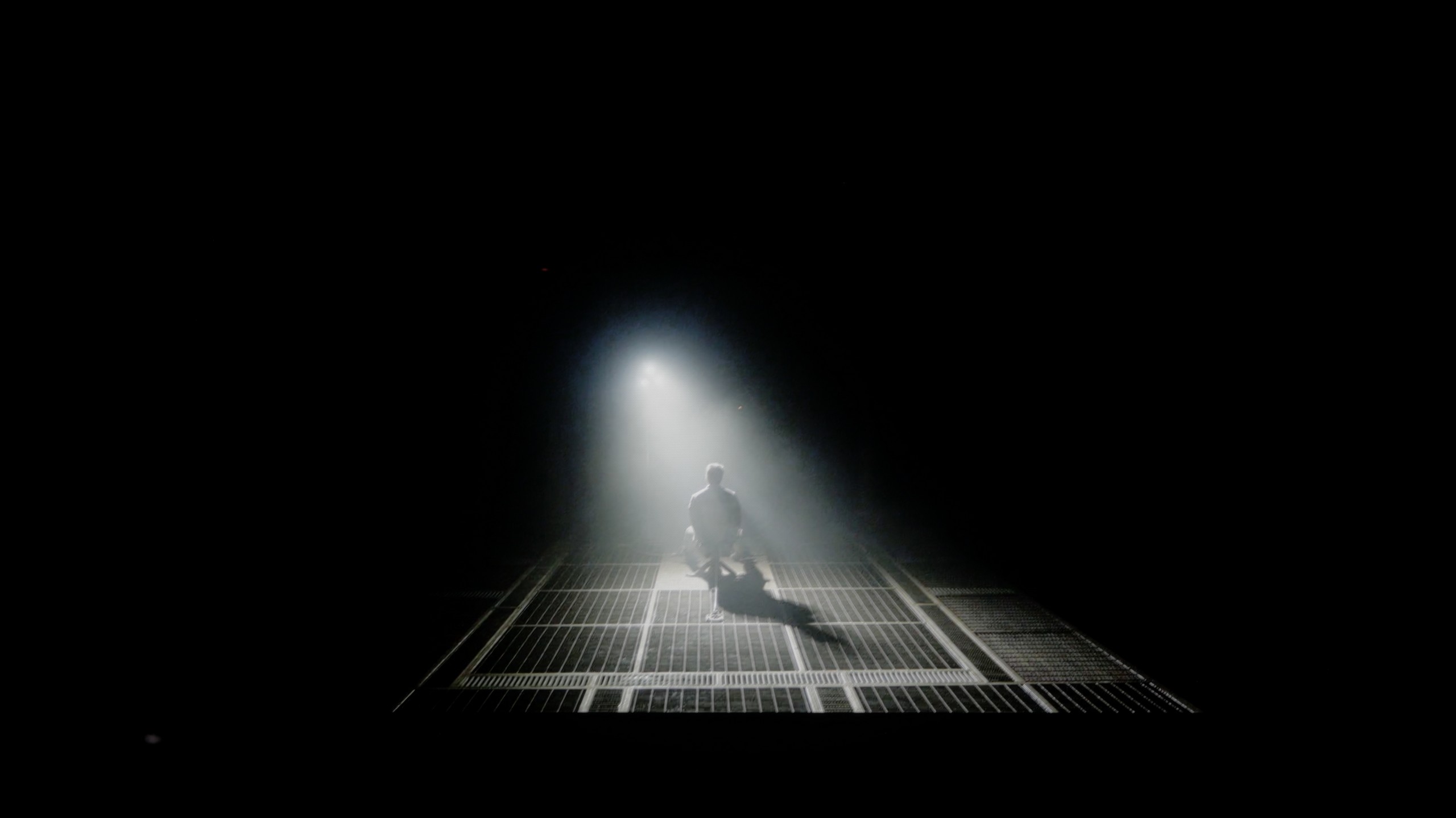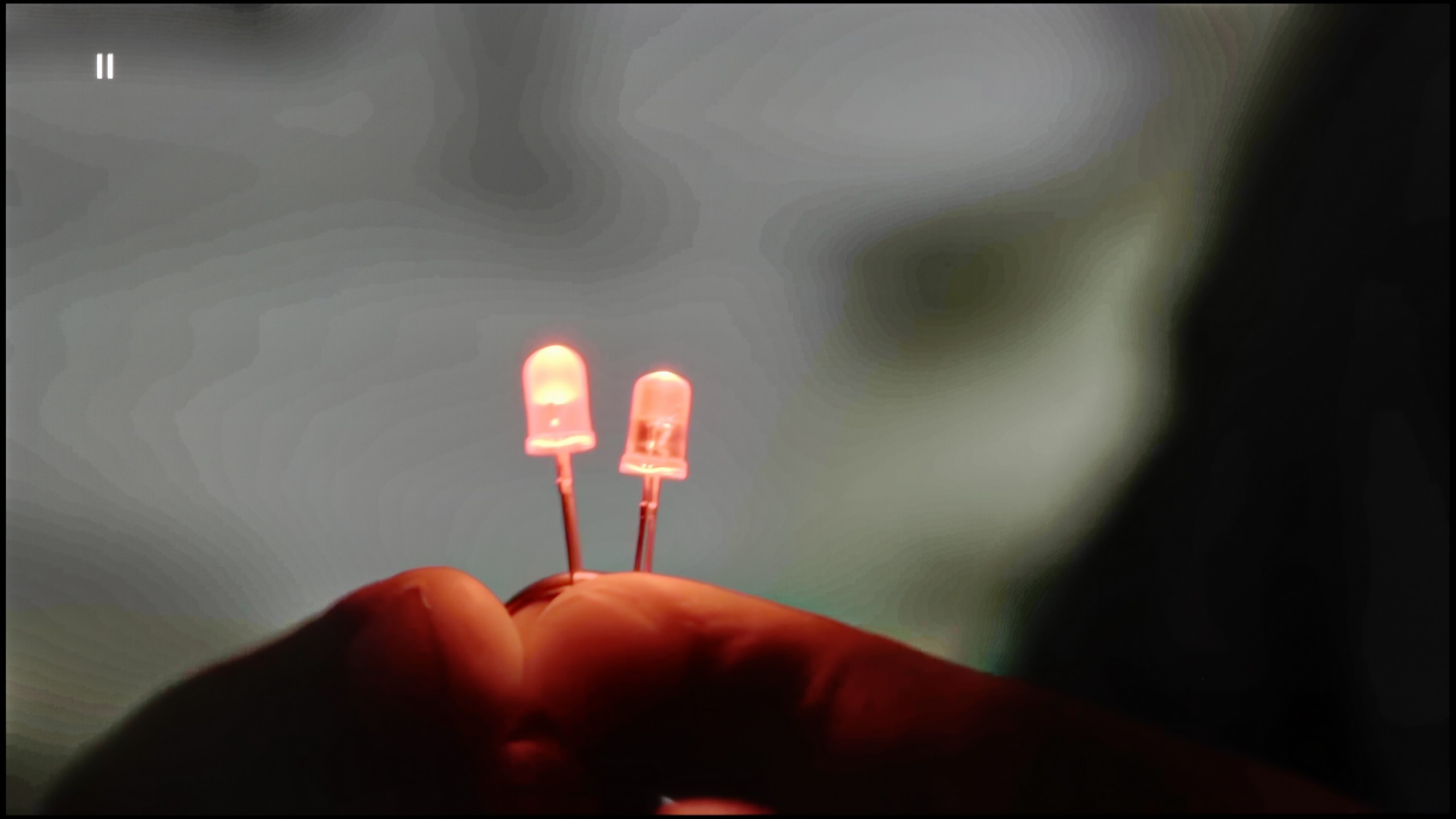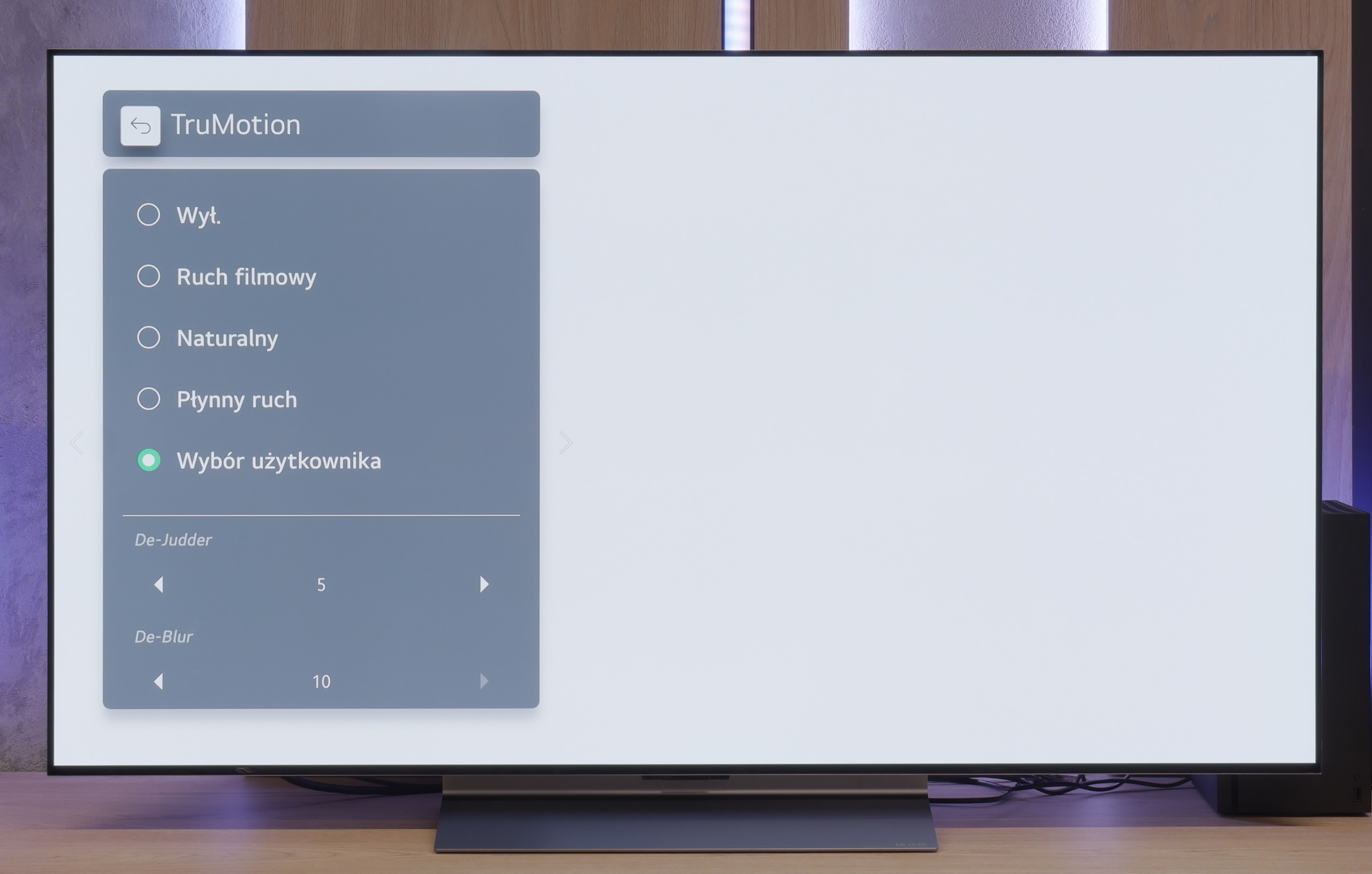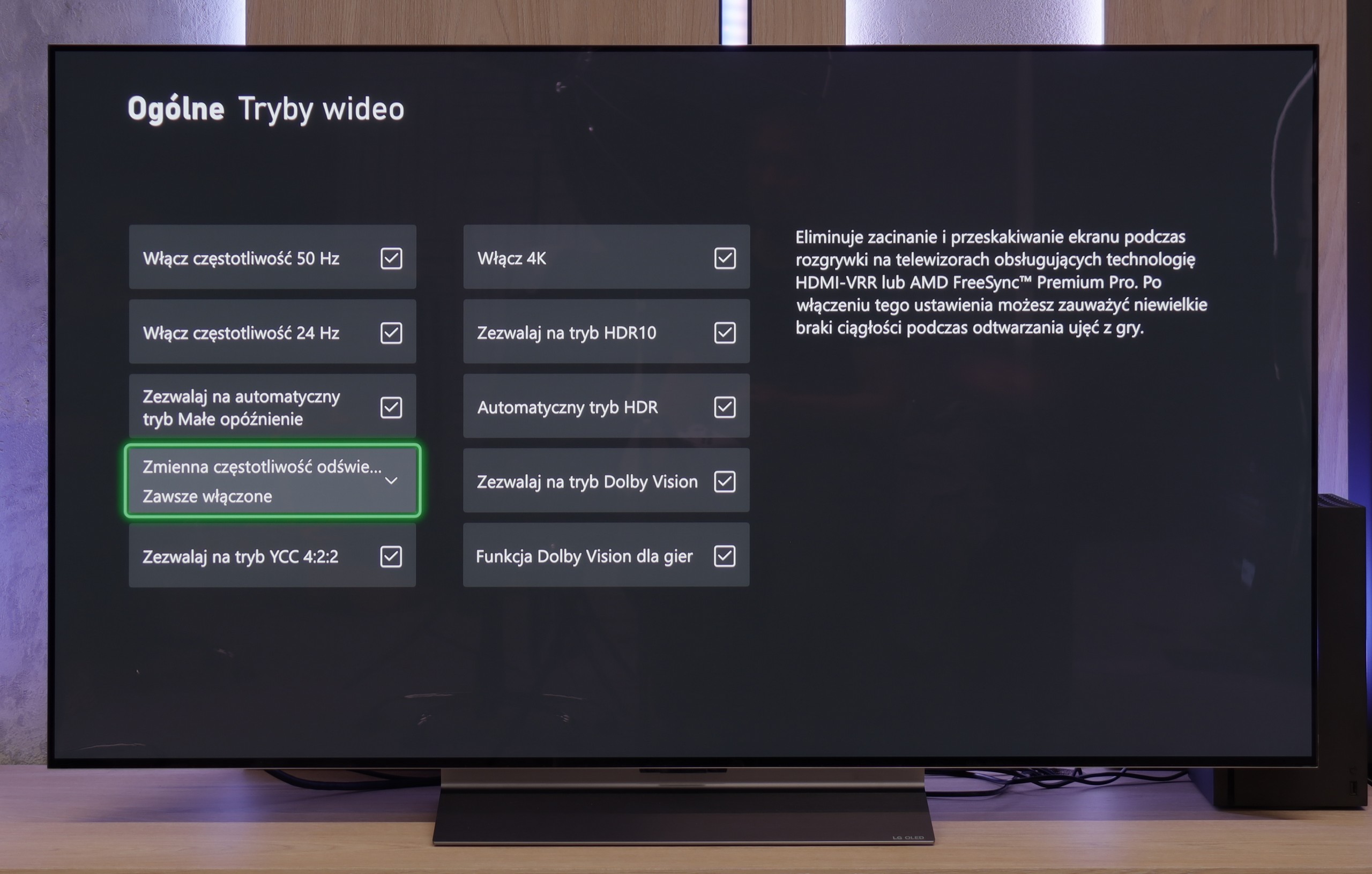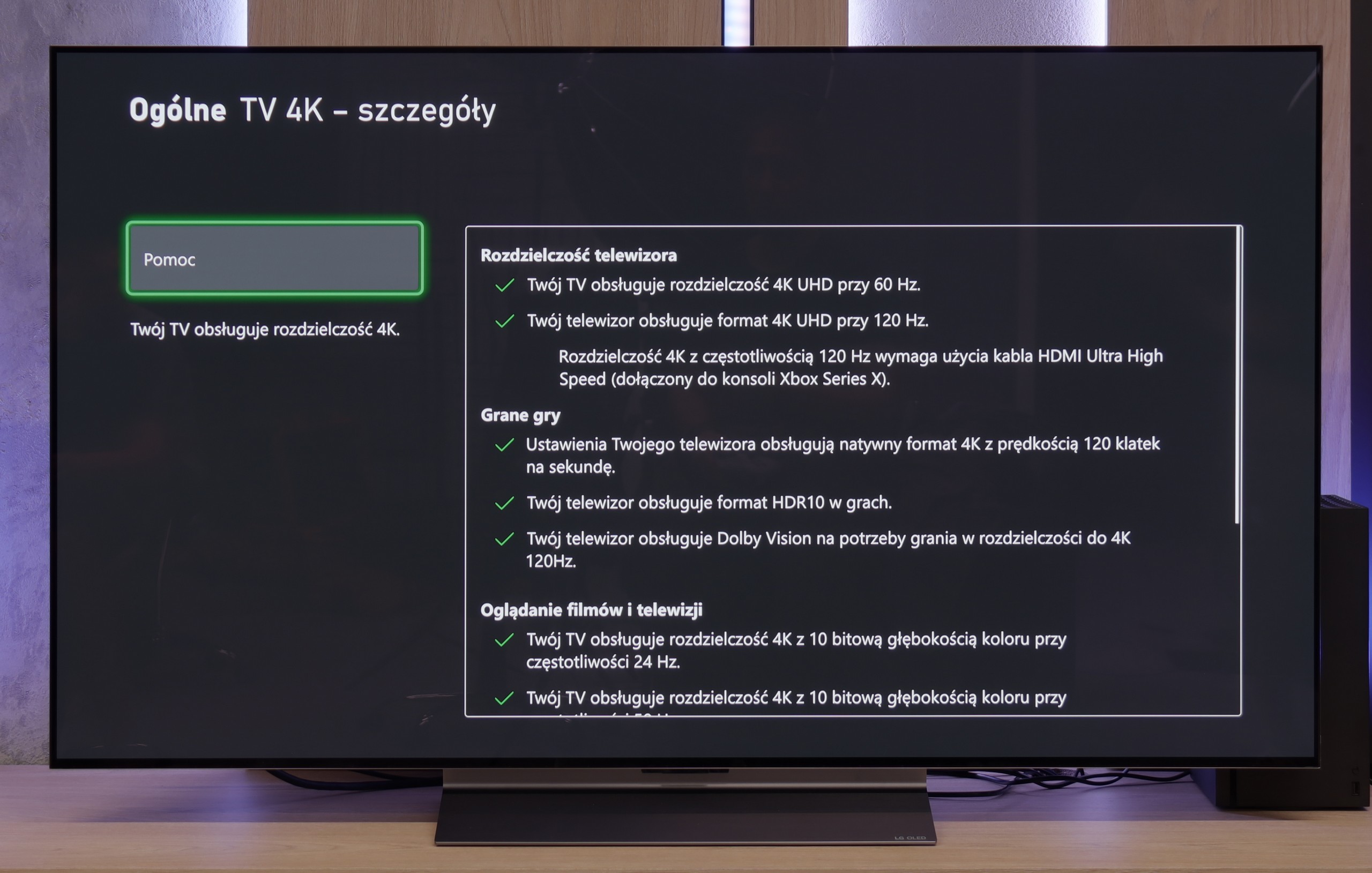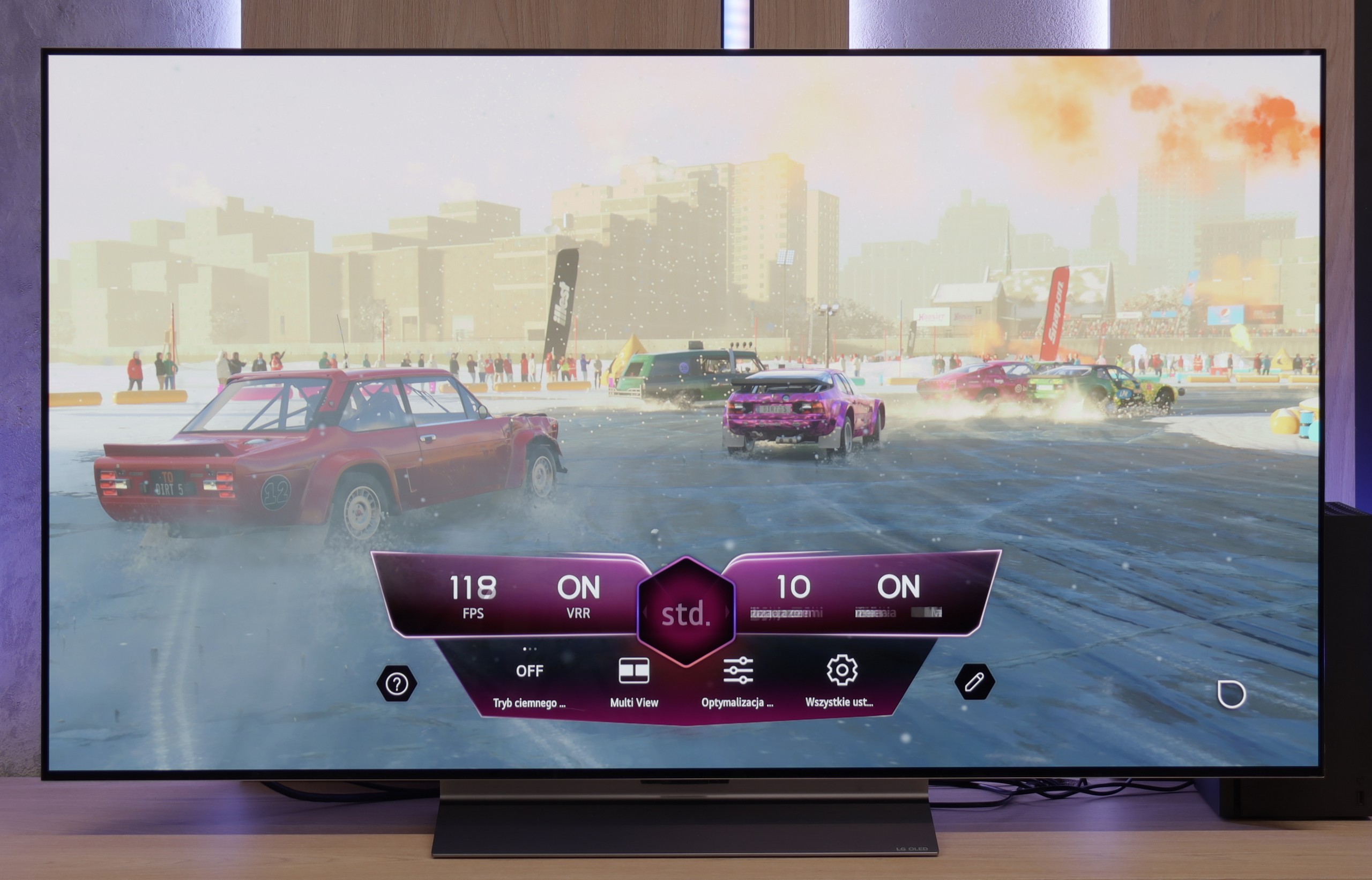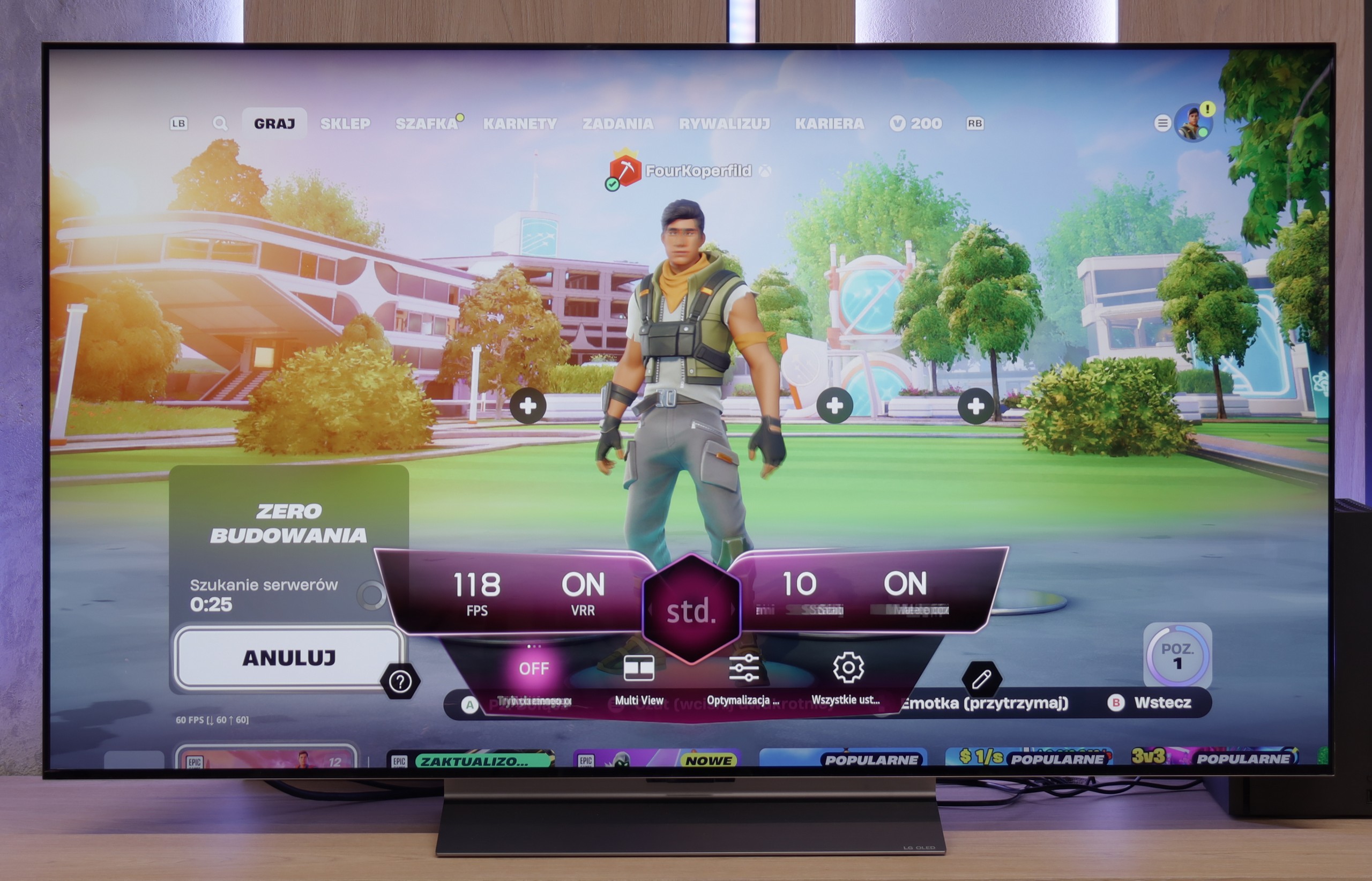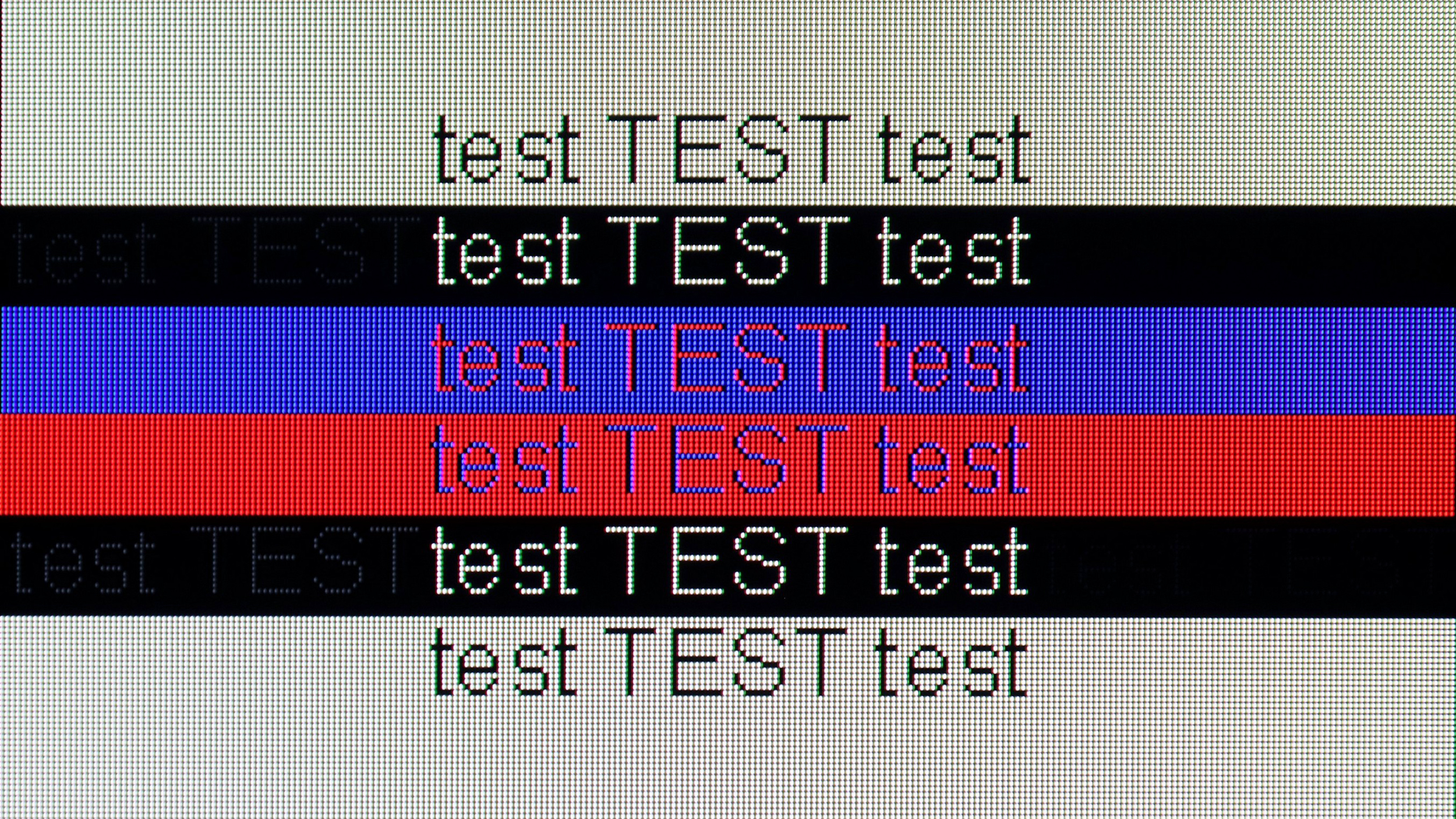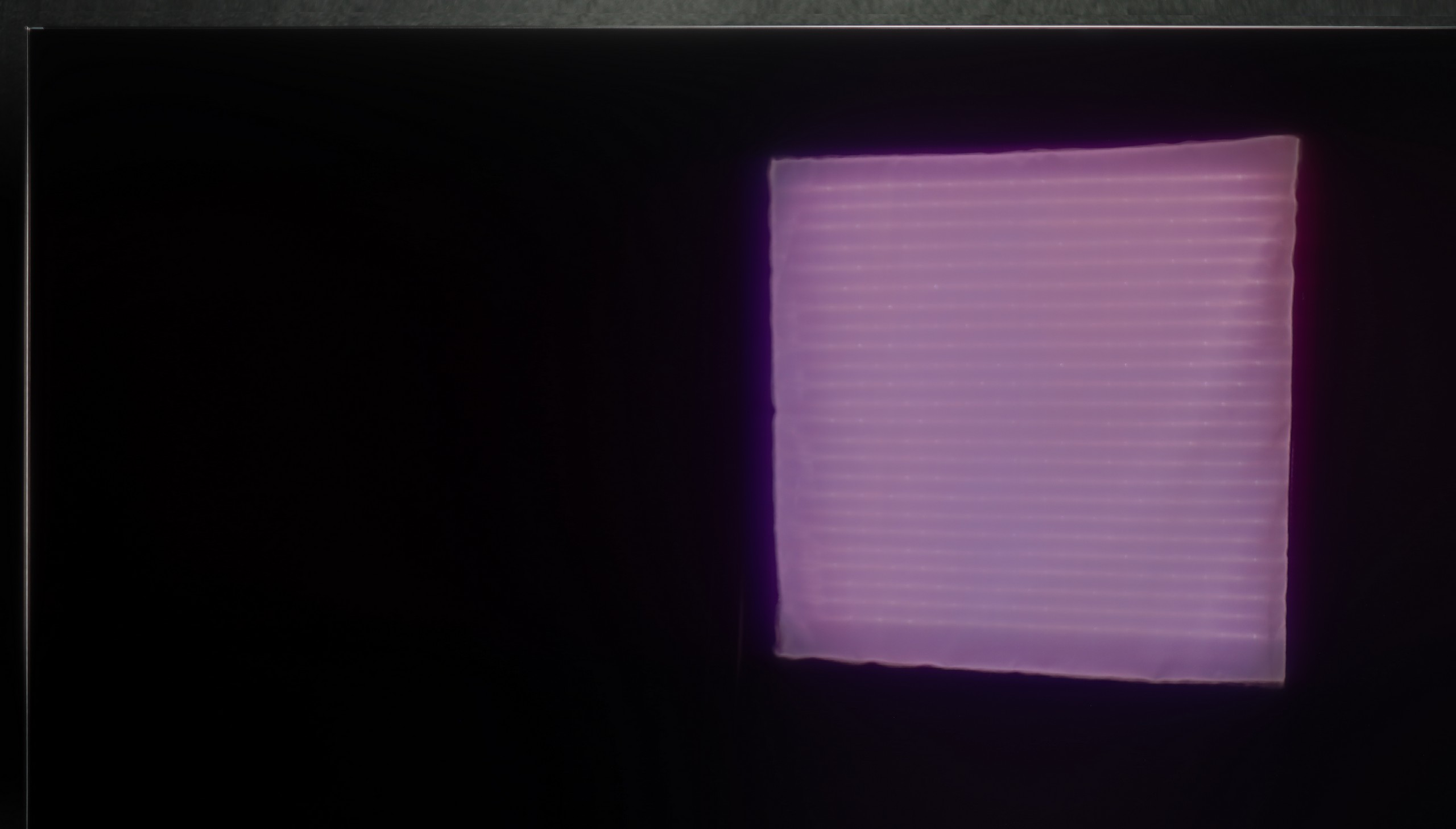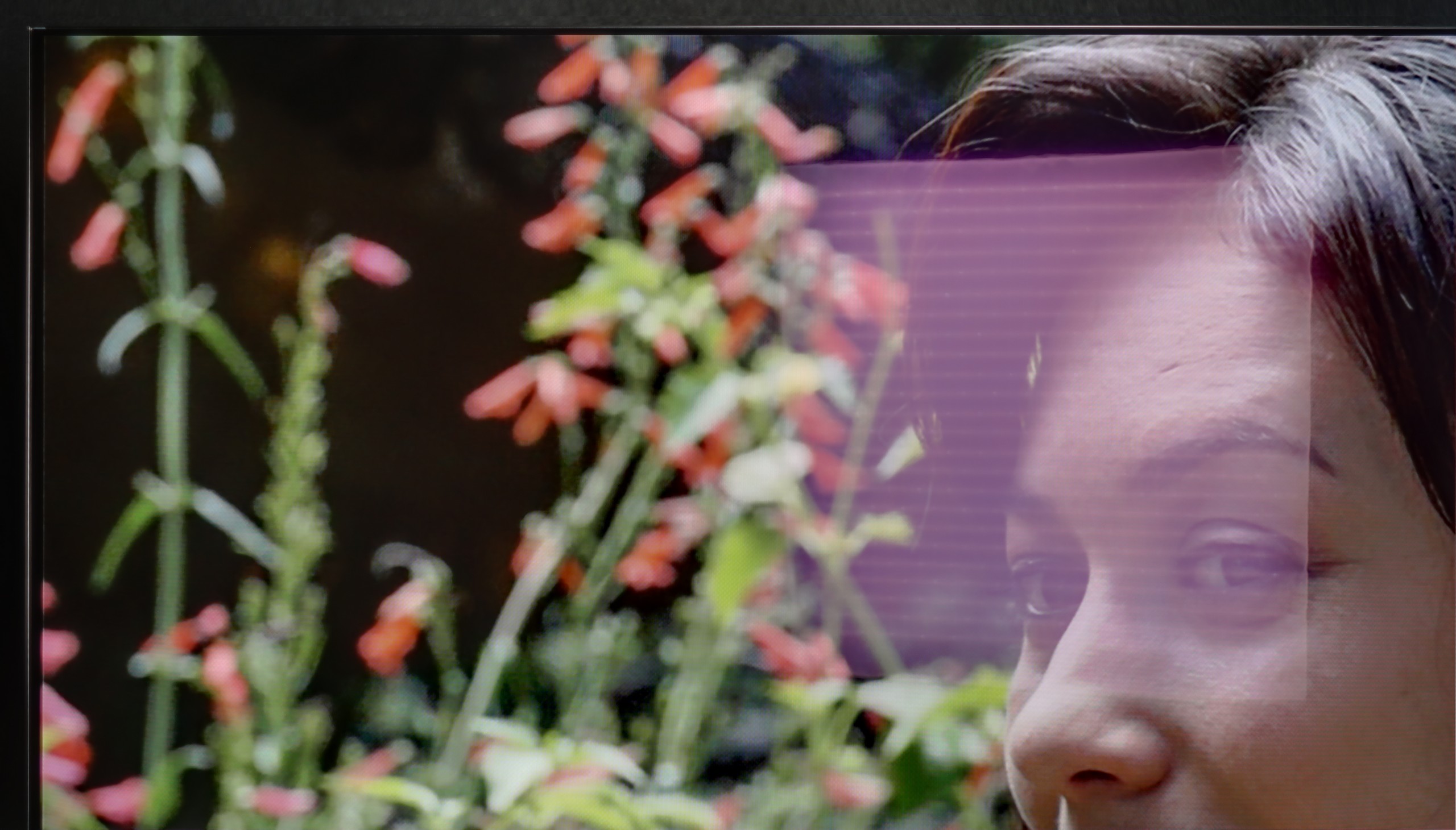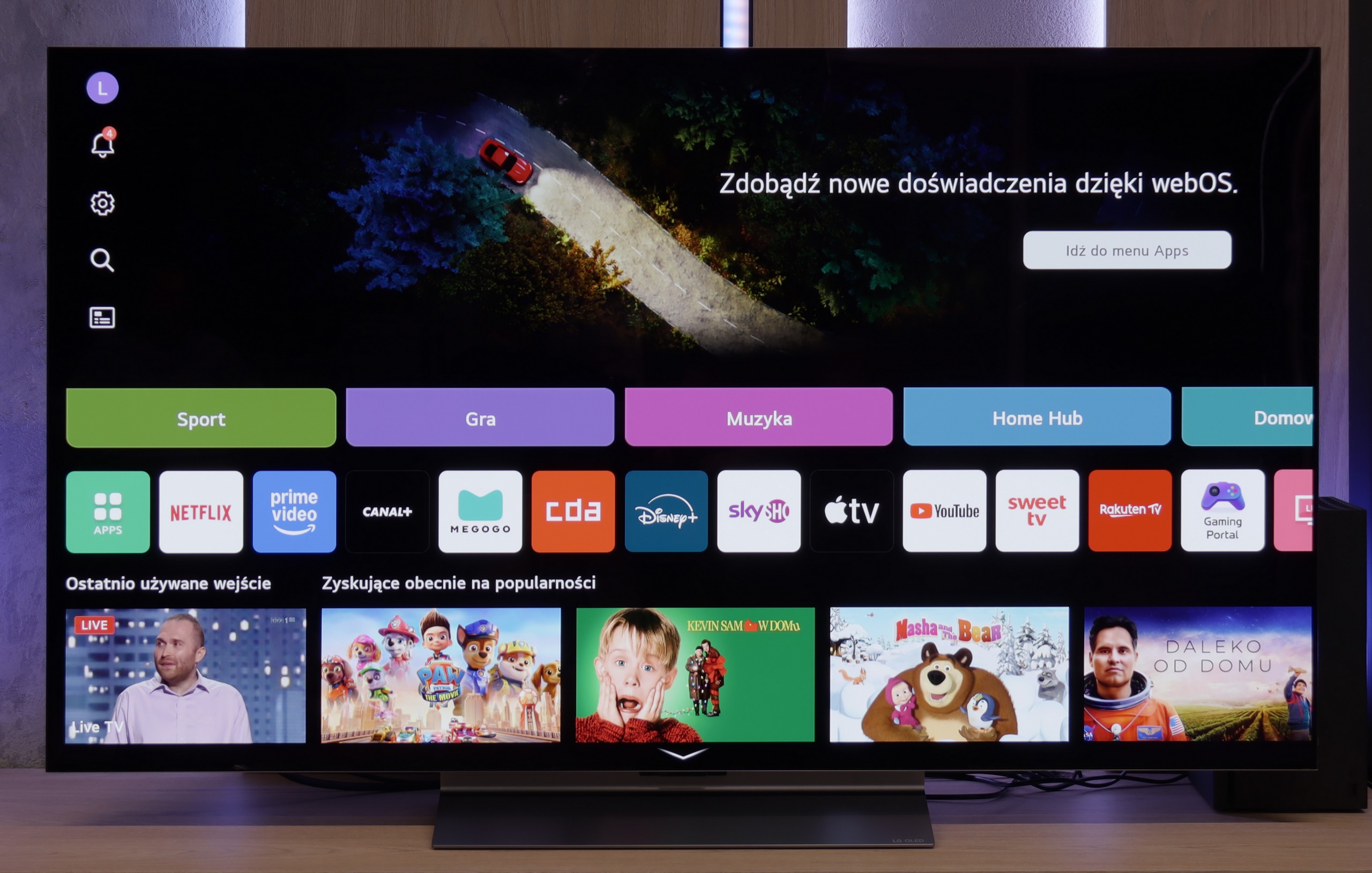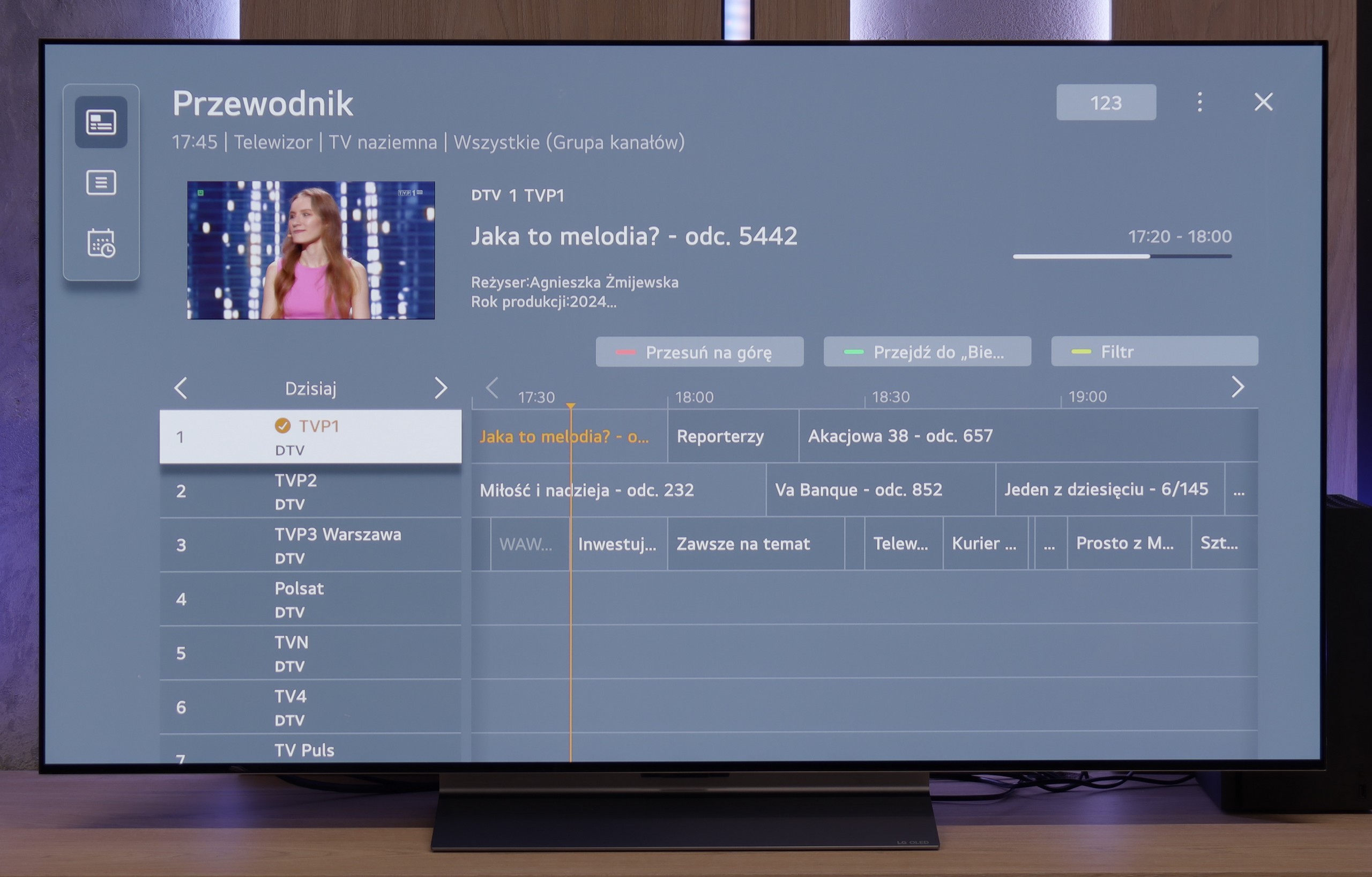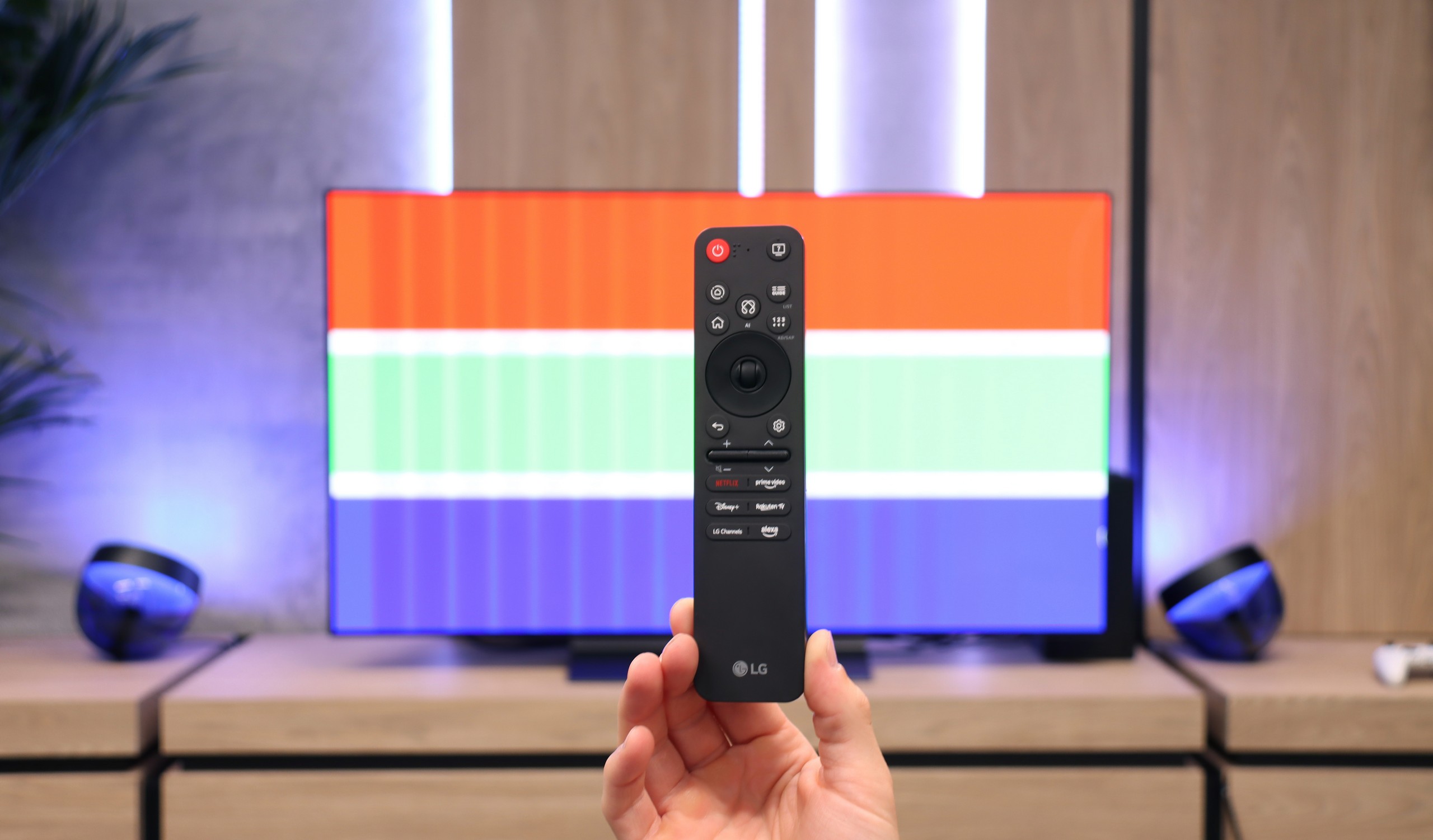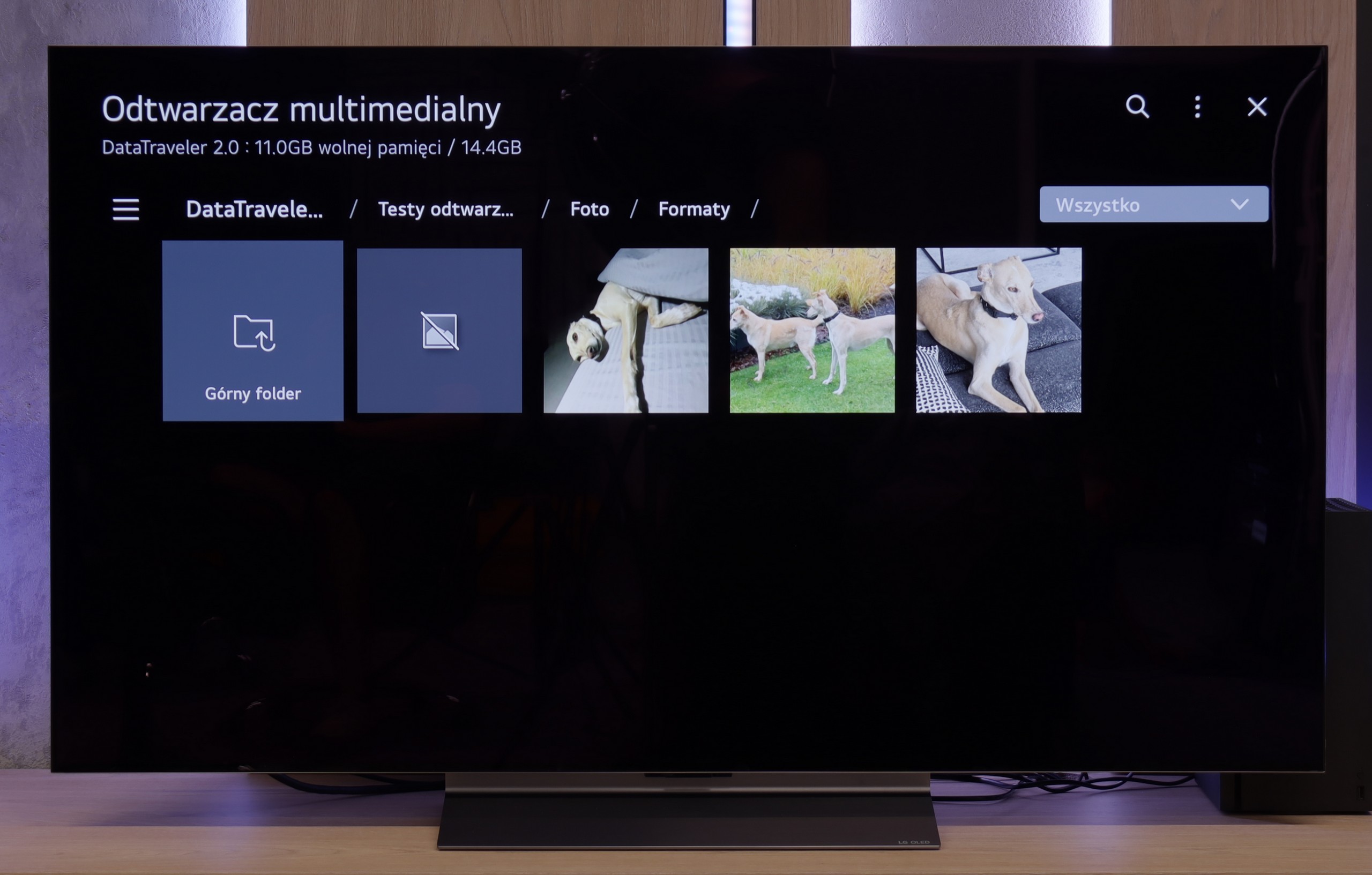The Samsung QN95D is a versatile premium television that caters to buyers seeking a high-quality device for everyday use. Powered by the Tizen operating system, it offers an extensive range of features, including support for popular streaming apps like Netflix, Max, and YouTube, voice control, and seamless integration with SmartThings devices for smart home functionality. Its intuitive interface enhances the user experience, and the absence of some less popular apps does not detract significantly from its appeal.
The TV's solar-powered remote is a standout feature, saving on battery usage and doubling as a universal remote for devices like satellite decoder boxes.
In daily use, the QN95D excels, offering a comfortable experience bolstered by its wide viewing angles—a rarity for VA panel technology. It performs admirably in bright environments, with high brightness levels ensuring clarity even in daylight. The PIP (Picture-in-Picture) feature adds versatility, allowing users to watch two contents simultaneously. While it lacks a recording function, this omission does not heavily impact its overall utility.
Picture quality is a key highlight of this television. Thanks to MiniLED technology, the QN95D achieves high brightness, deep blacks, and exceptional contrast, resulting in remarkable detail reproduction. Occasionally, minor issues may arise with very small, bright elements, but the overall visual performance is top-tier. The TV also boasts impressive motion fluidity, thanks to its 144 Hz refresh rate (120 Hz for TV and sports content).
Gamers will appreciate the QN95D’s robust features, including HDMI 2.1, low input lag, and advanced solutions like Variable Refresh Rate (VRR), ensuring a seamless and immersive gaming experience.
The television's design exudes elegance, featuring a solid, heavy single stand and a sleek, minimalist construction. The Ambient Mode allows the TV to blend into any interior decor, adding a touch of sophistication. A built-in camera—rarely found in televisions—is a thoughtful addition, enabling video calls and app interactions.
The well-arranged ports make connecting additional devices easy, and the option for wall mounting is ideal for modern spaces. The durable and damage-resistant casing adds to its premium build quality.
The Samsung QN95D combines beautiful visuals, user convenience, and a modern design. Its MiniLED technology, gaming optimisations, and intelligent features make it an excellent choice for those seeking a high-performance TV with a touch of sophistication. Whether for gaming, streaming, or everyday viewing, the QN95D delivers a top-notch experience with aesthetics to match.

